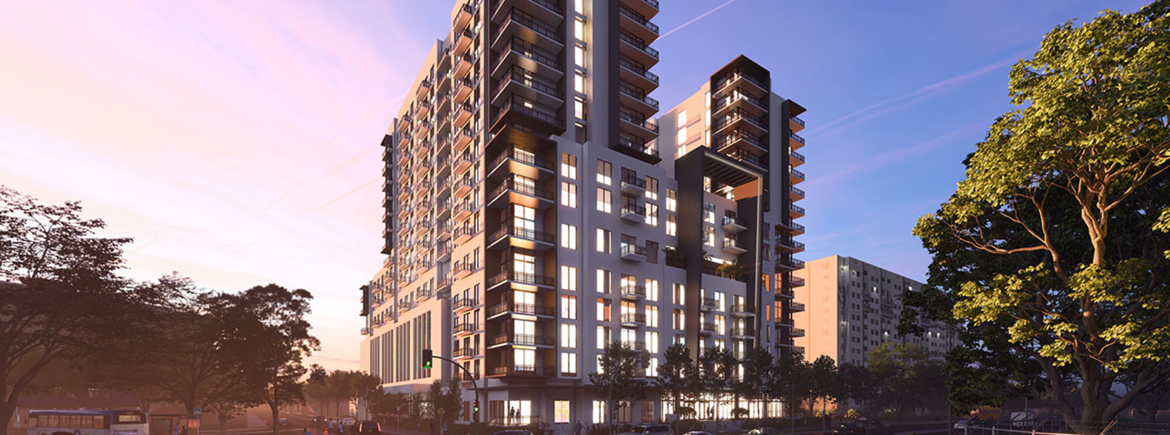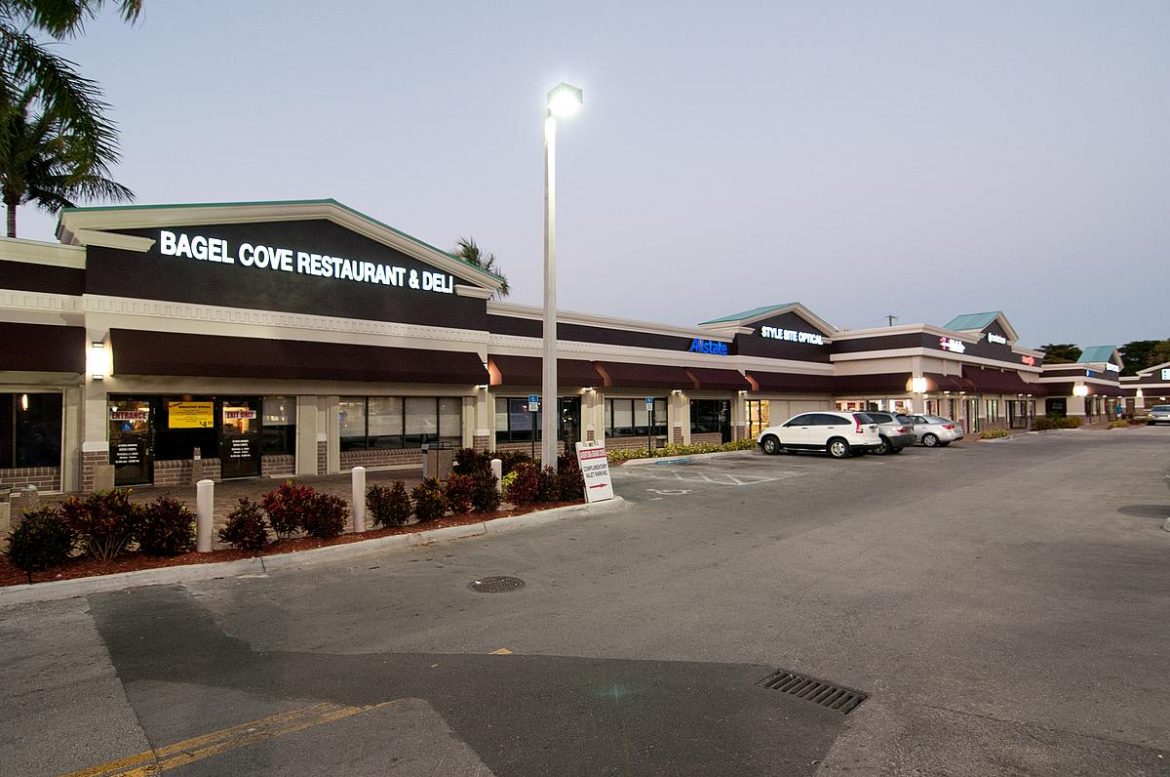When it opened in 1994, it was hailed as the greatest engineering feat of its time. The 31.5-mile Channel Tunnel, often called the ‘Chunnel’ for short, links southern England and northern France, carrying more than 10 million passengers and more than a million tons of freight each year. With 23.5 miles of the passageway running under the English Channel, the Chunnel is the world’s longest undersea tunnel.
While a tunnel underneath the Miami River being proposed by the world’s richest man, business magnate Elon Musk, wouldn’t be nearly as long or elaborate, the rewards for a city now infamous for having some of the worst traffic in the nation would be immense. And the technology to build a structure that would prevent water from leaking through Miami’s porous limestone and be strong enough to stand up to sea level rise already exists, according to two University of Miami College of Engineering professors.
“In a nutshell, yes, it’s a feasible project. This is not an idea that’s full of holes,” said Jean-Pierre Bardet, a professor of civil, architectural, and environmental engineering. “There are already tunnels in Florida that go beneath the seabed,” he said, noting the 4,200-foot Port of Miami Tunnel, which runs beneath Biscayne Bay, connecting the MacArthur Causeway on Watson Island with PortMiami on Dodge Island; and the New River Tunnel in downtown Fort Lauderdale.
“The challenges are not too great, as limestone, such as that which underlies the City of Miami, is easily worked, as the PortMiami tunnel demonstrates,” said Sam Purkis, professor and chair of marine geosciences at the Rosenstiel School of Marine and Atmospheric Science. “The challenge is that the limestone is so permeable and porous, that any subsurface structure will be immersed in the water table. This is quite typical for tunnels that have to be sealed in such a way that the water does not flood them. A plus of Miami is that it’s an area which isn’t particularly seismically active, so no earthquakes to worry about.”
To solve the problems posed by limestone, engineers employed innovative technology to build the Port of Miami tunnel, Bardet noted. Ground freezing, a construction technique used in circumstances where soil needs to be stabilized so that it will not collapse next to excavations, and rapid grout injection, which helped solidify the earth before the massive tunnel boring machines even started drilling, were used.
Such techniques, said Bardet, would conceivably be used to build the tunnel underneath the Miami River, an idea that Musk, founder of SpaceX and Tesla, has discussed with Miami Mayor Francis Suarez as a solution to the city’s traffic gridlock.
“Cars & trucks stuck in traffic generate megatons of toxic gases & particulate, but @boringcompany road tunnels under Miami would solve traffic & be an example to the world,” Musk tweeted recently.
With tunneling projects underway in California and Las Vegas, the billionaire tech mogul’s Boring Company “constructs safe, fast-to-dig, and low-cost transportation, utility, and freight tunnels,” touts the firm’s website.
But tunnels are extremely expensive to dig, costing between $100 million and $1 billion per mile. “In order to make vast tunnel networks feasible, tunneling costs must be reduced by a factor of more than 10,” The Boring Company’s website states.
Musk said he could build a 2-mile tunnel under Miami for as little as $30 million.
“The fact that he [Musk] mentioned this and that the mayor of Miami picked up on it and that there has been discussion is extremely positive,” said Antonio Nanni, professor and chair of civil, architectural, and environmental engineering. “We need the public to think about what can be done to address the issue of transportation. And irrespective of the outcome, you need to have a dialogue.”
The project would involve building a tunnel for electric vehicles that would connect Brickell Avenue and Biscayne Boulevard.
Such an endeavor would need to be broken into two parts, according to Nanni, an expert on concrete and advanced composite-based systems. “There are the technological issues: Can we do it in Florida? Do we have the technology? Can we address the issue of potential flooding? And the answer is, no doubt, we can,” he pointed out.
Approximately two years ago, Nanni served on a special committee that studied the feasibility of drilling a tunnel under the Miami River to alleviate traffic congestion, concluding with other members on the panel that such a project could be done.
“The tunneling itself, the technology of digging and making a structure safe, exists. It’s state-of-the-art,” Nanni said. “And the advantage of working underground is that you would not, apart from the entry and exit points, impact the communities above ground.”
But the overarching planning for the project would need to be clearly spelled out, he said, noting that questions—such as whether the tunnel would be a passenger-only passageway or include a dedicated rail line for freight and cargo companies—need to be answered. “These are the big questions policymakers need to address,” he explained.
Still, as intriguing as a tunnel under the Miami River sounds, viable, well-deigned transit alternatives such as extensions to the Metrorail, the reintroduction of light rail, safer bike lanes, and strategically placed water taxi networks shouldn’t be abandoned, said Sonia Chao, a research associate professor in the School of Architecture, who teaches in the area of sustainable architecture and urbanism, resilient design, and historic preservation.
“Creating more road lanes, above or below ground, shouldn’t be the end game,” she stated. “But, if a tunnel were to be introduced, one would hope it could be strategically placed so as to potentially mitigate storm surge wave action, as these destructive forces of nature may accompany an increasing number of stronger hurricanes.”
Joanna Lombard, a professor of architecture who is a founding member of the Built-Environment Behavior and Health Research Group at the University of Miami, said that while tunnels typically work best when they have a clear, utilitarian purpose, other initiatives such as creating safe and diverse neighborhoods, reliable infrastructure, and walkable access to parks, schools, businesses, and health care should continue to be addressed.
“A city needs life. Tunnels are basically connecting two points, and they don’t necessarily enhance the urban fabric,” Lombard said. “We know that what makes great cities are great places. The character and dynamism of a great place has typically depended on the density of activity and the multiple layers of choice embedded in the urban grid. What that looks like in a post-pandemic world is still to be determined,” he added. “For many people, commuting in person is less necessary than was once assumed. Having destinations within walking distance in one’s own neighborhood has always been a new urbanist standard. And now that just about everyone understands that indoor air ventilation systems can be sources for viral transmission, open spaces, landscape, and parks are more important than ever.”
Source: UM News



